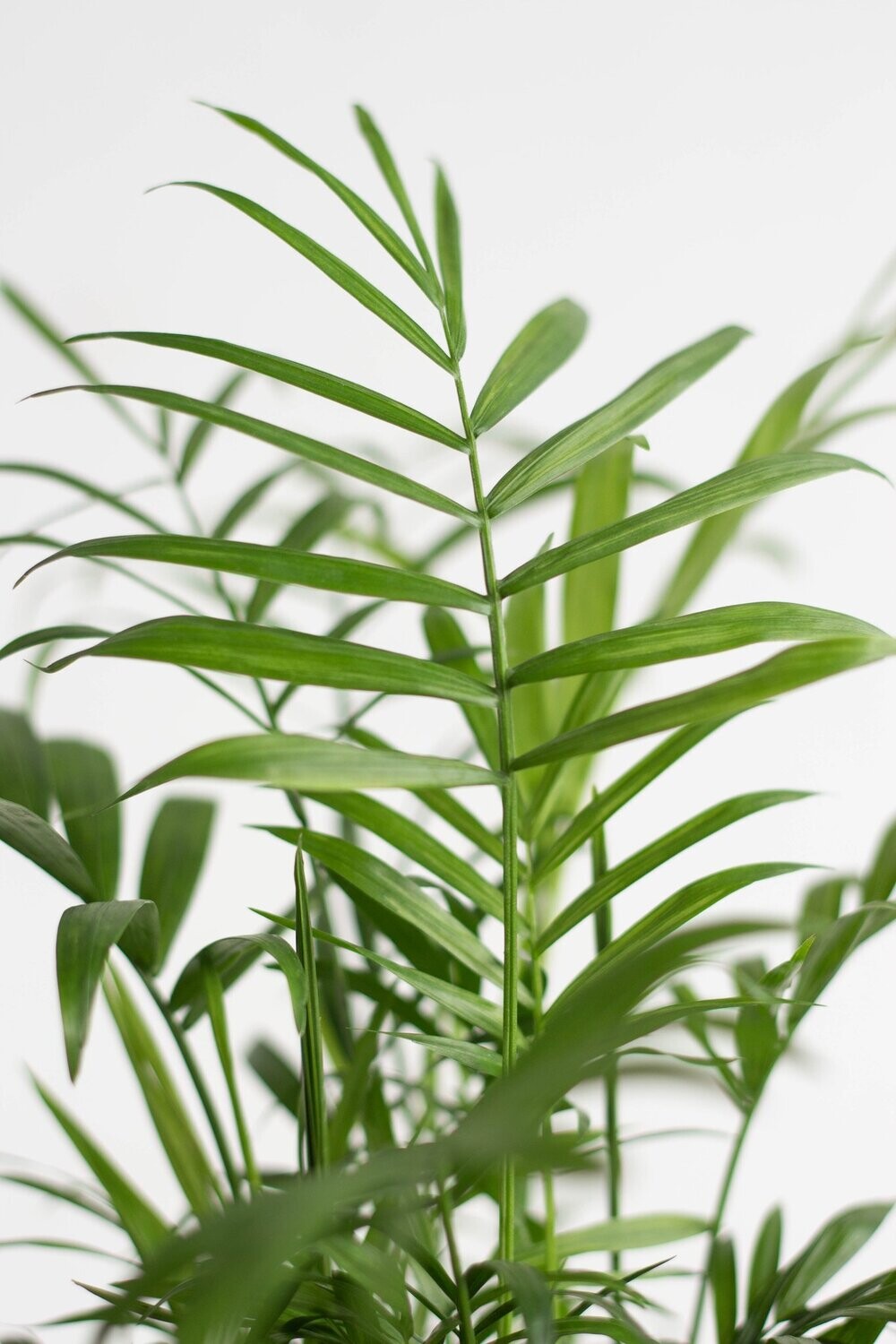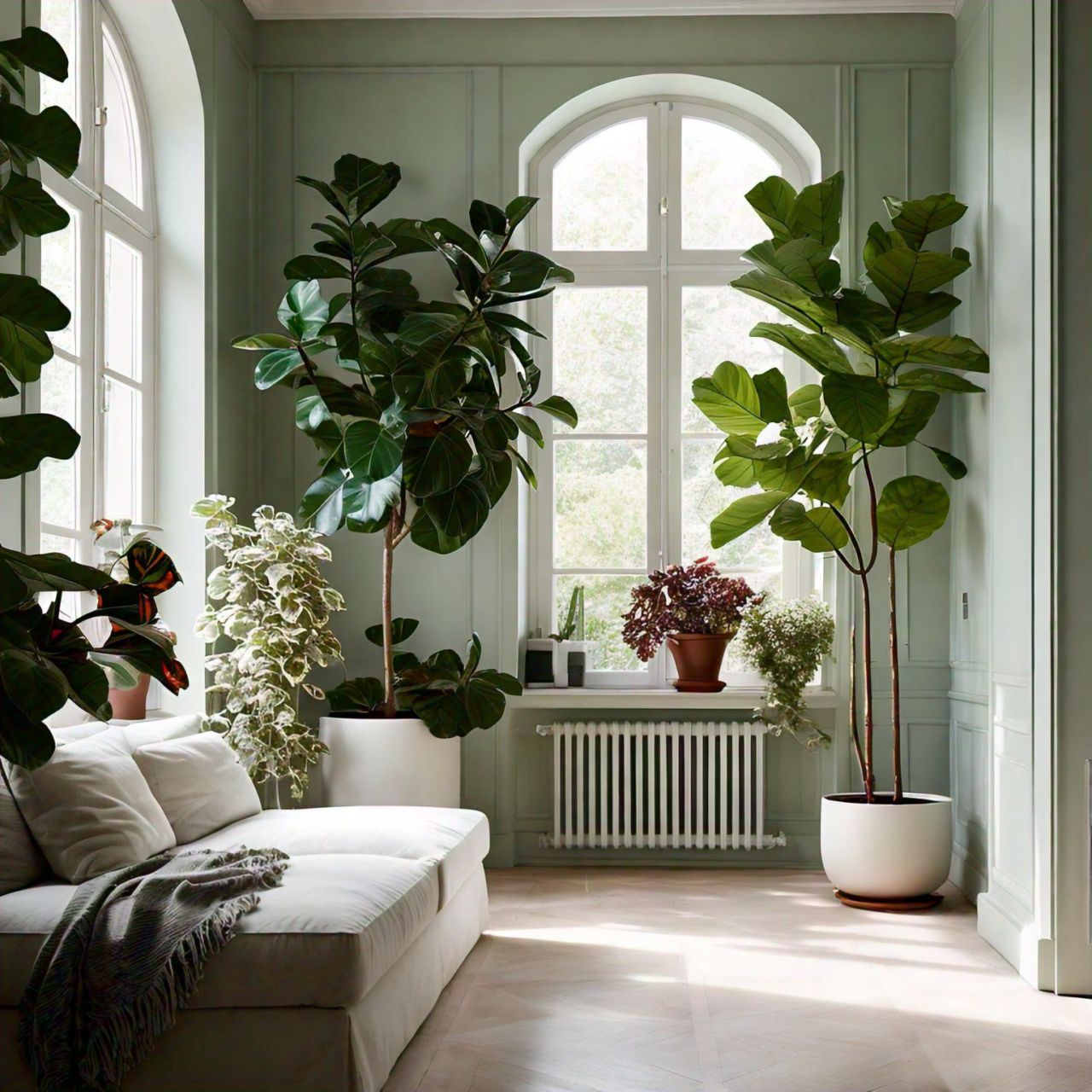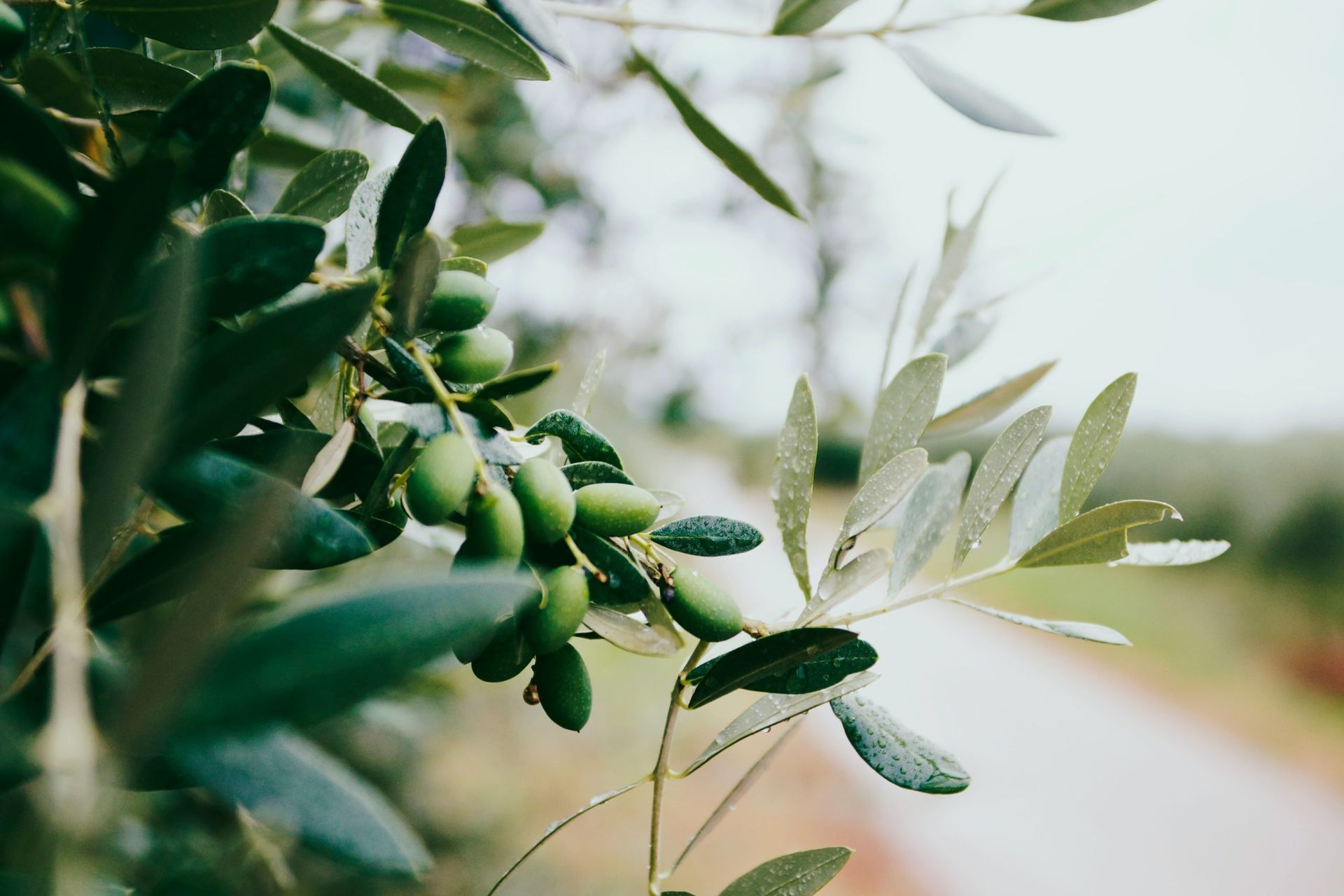Cascade Palm 200mm
Botanical Name: Chamaedorea Atrovirens
Description :
The Cascade palm is popular for its tropical look with glossy dark green leaves with long thin leaflets. Despite having no trunks, multiple strong and well-established stems make the plant look healthy and bushy, which gives out a feeling of freshness and originality. This shade-loving palm is native to rainforests in Mexico and is particularly suitable for both indoor or undercover outdoor conditions like patios and verandas.
Size:
Pot size: 200mm pot
Width: 40cm
Height: 90-100cm tall including pot
Weight: 1kg
Smaller sizes 80CM tall available for $28
Care Guide:
1. Lighting
• Ideal : Bright, indirect light. It can tolerate some low light, but it will grow slower.
• Direct sunlight: Avoid direct sunlight, as it can scorch the leaves, especially in the afternoon when the sun is the strongest.
• Placement: Place your Cascade Palm near a window with filtered light, or in a bright room that doesn’t get full sun. If you’re using artificial lighting, ensure it’s a bright environment.
2. Watering
Cascade palms like consistently moist soil, but they don’t like to sit in water.
• When to water : Water when the top 1-2 inches of soil feels dry. Water thoroughly, allowing water to drain out of the bottom of the pot.
In the warmer months, water 1-2 times a week.
In winter months: water less frequently, every 7-10 days.
• Note : Make sure your pot has good drainage to prevent waterlogging. Overwatering can cause root rot, so it’s important to find a balance.
3. Temperature
Cascade palms prefer warm temperatures. Avoid cold drafts, air conditioners, and sudden temperature fluctuations. Do not place the plant near heating vents or radiators, as they can dry out the air.
4. Humidity
Cascade palms thrive in higher humidity
• Ideal humidity : 50-60% is best, but they can tolerate lower levels if necessary.
• Increase humidity : If you have dry indoor air, increase humidity by misting the leaves, placing the plant on a humidity tray (a shallow dish filled with water and pebbles), or using a humidifier.
5. Soil
A well-draining potting mix is essential for the health of Cascade palms.
• Ideal soil : Use a rich, well-draining potting mix. You can mix in some perlite or orchid bark to improve drainage. A general-purpose houseplant mix will work fine as long as it drains well.
• pH : Slightly acidic to neutral soil (pH 6.0–7.5).
6. Fertilizing
• When to fertilize : Feed your plant every 4-6 weeks during the growing season (spring and summer) using a balanced, water-soluble fertilizer or a slow-release fertilizer.
• Avoid : Fertilizing during the winter months when the plant’s growth slows down. Excessive fertilization can lead to salt buildup in the soil, harming the roots.
7. Repotting and Maintenance
• Repotting : Repot in spring when the plant outgrows its current pot or when the roots become root-bound, which could be every 2-3 years. Choose a pot that’s 1-2 inches larger in diameter than the current one. Ensure the pot has good drainage.
• Pruning : Trim off any brown or dead leaves with clean, sharp scissors or pruning shears.
• Cleaning leaves : Dust the large, feathery fronds with a damp cloth regularly to help the plant absorb light more effectively. This will also prevent pest buildup.
8. Common Issues
Here are a few common problems you might encounter with Cascade palms:
• Yellowing leaves : This can be caused by overwatering, poor drainage, or a lack of nutrients. Make sure you’re not watering too often (in winter) and that your pot has good drainage.
• Brown leaf tips : This is often a sign of low humidity or underwatering. Increasing humidity or more consistent watering may help.
• Leaf burn : If leaves turn brown or develop scorch marks, this could be from too much direct sunlight or exposure to drafts. Move the plant to a spot with bright, indirect light.
• Pests : Cascade palm can sometimes attract common pests like spider mites, aphids, or scale. Regularly inspect the plant, and treat any infestations promptly with insecticidal soap or a natural remedy like neem oil.
1. If leaves in the bottom of the plant turn yellow/brown/black overtime, it’s natural. They are old and will die off, you can cut them off so energy and nutrient focus on new growths
2. If the tip of the leaves turn brown it can be caused by low humidity. If you put the palm in the room with heater on, the heat can dry out the plant causing brow tips
3. Low nutrient - the palm is a bit big for their pot now so it’s better if you repot it into bigger pot with new soil. More space for it to grow and new soil with more nutrients too. You can also use fertiliser to add extra nutrients overtime
ADDRESS
49 Locher Avenue
Reservoir
VIC 3073
HOURS OF OPERATION
- Mon - Tue
- Closed
- Wed - Sun
- -






